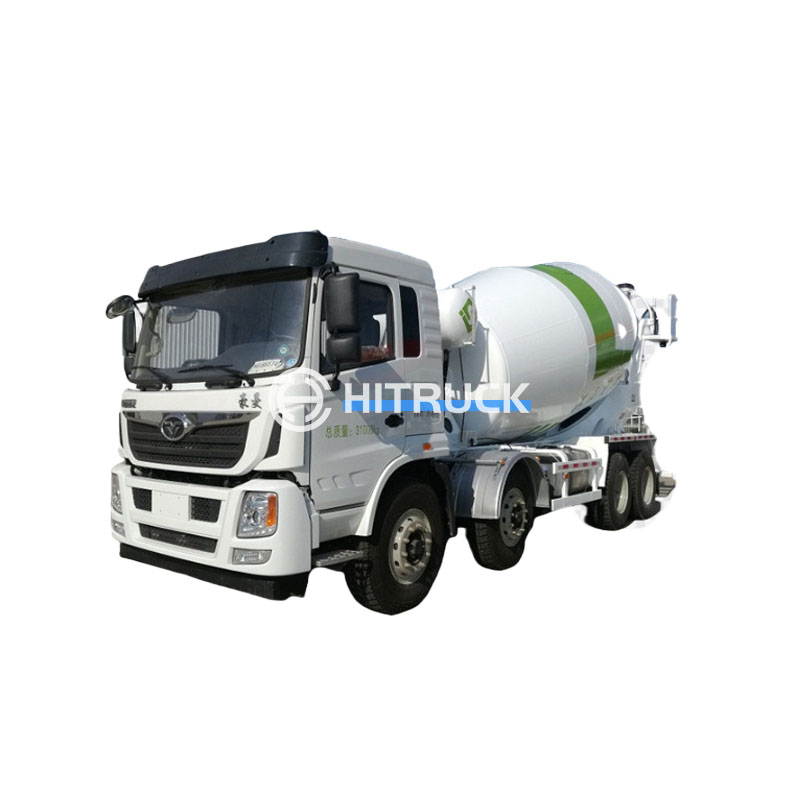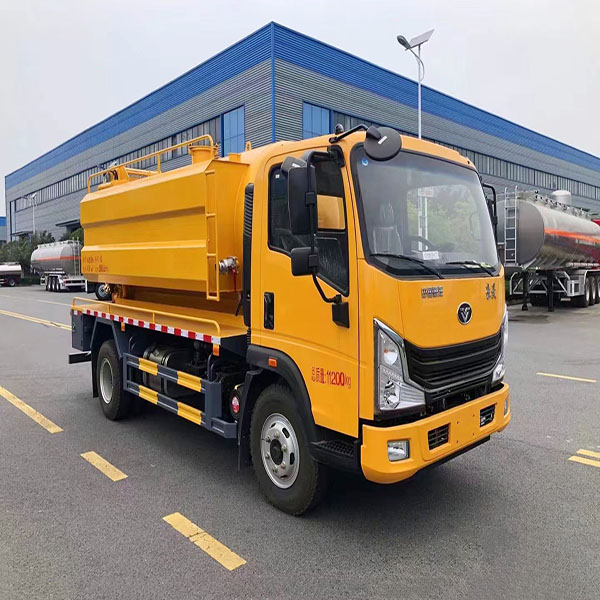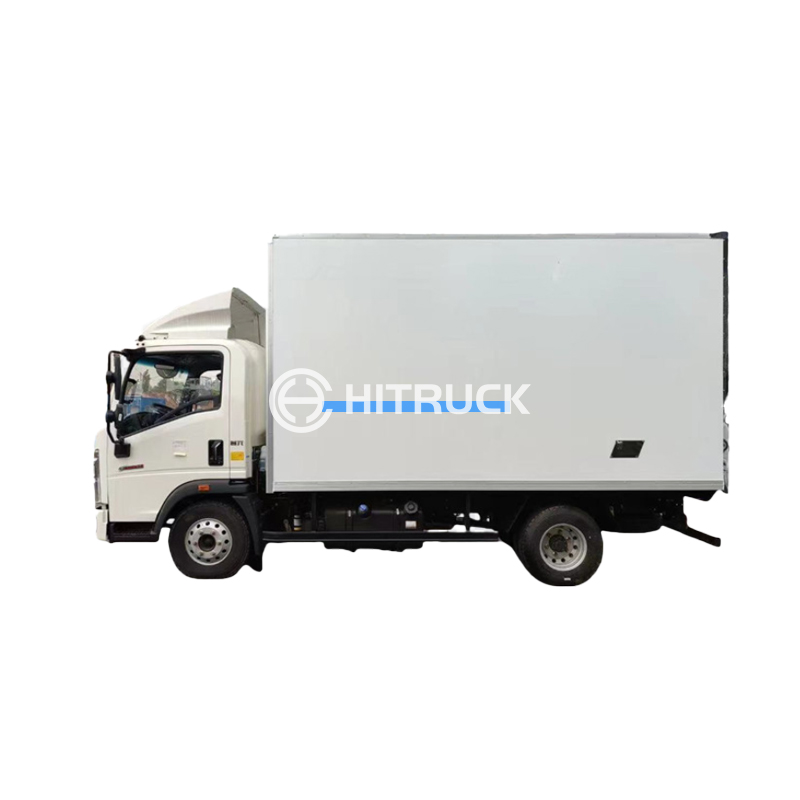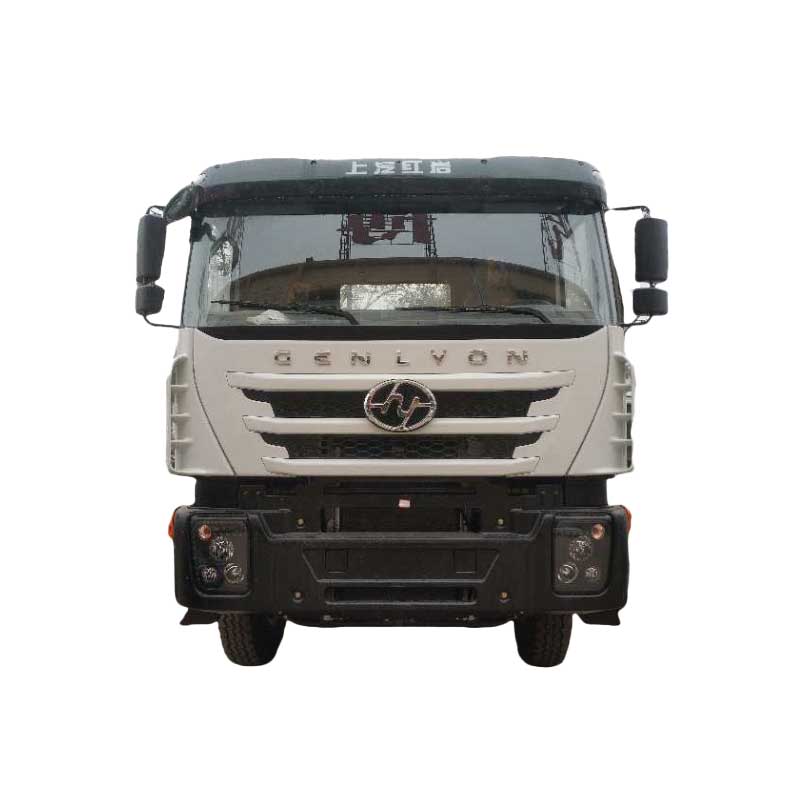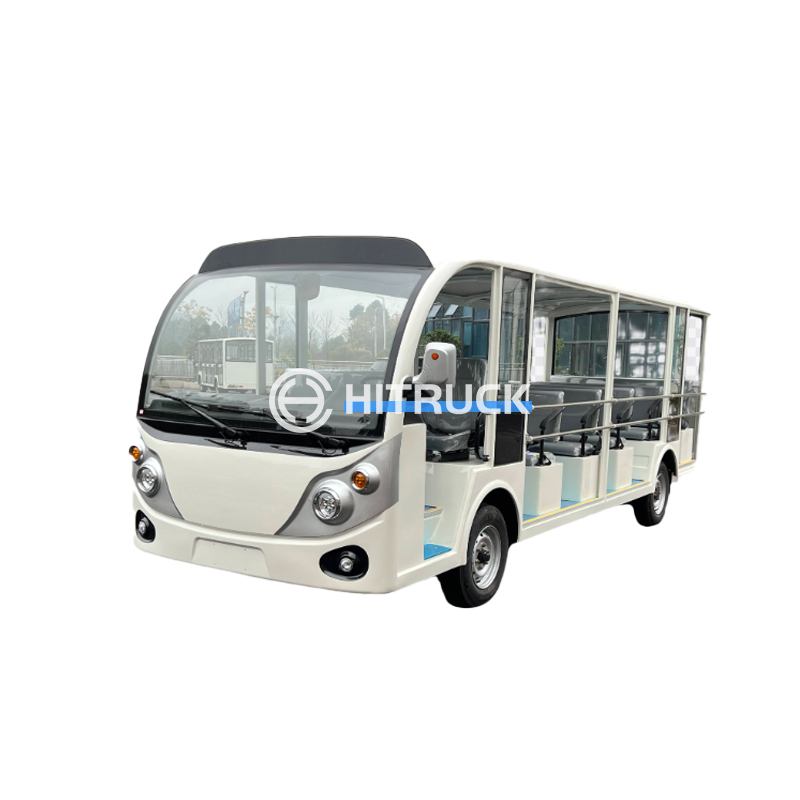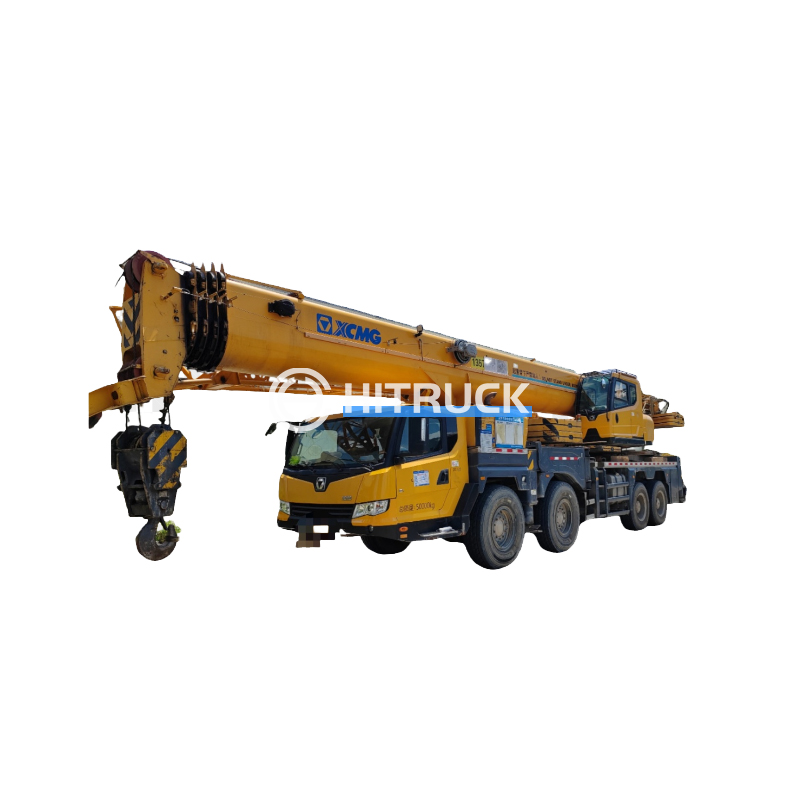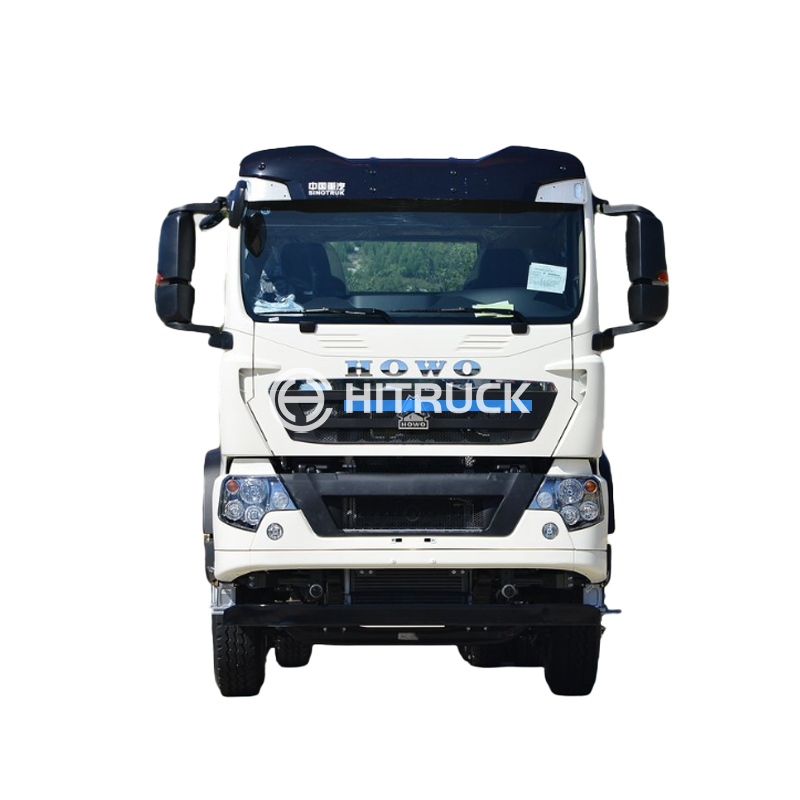This comprehensive guide explores the diverse world of hydraulic mobile cranes, helping you understand their capabilities, applications, and critical selection factors. We'll cover key specifications, maintenance considerations, and provide insights to ensure you choose the perfect crane for your specific lifting requirements. Whether you're a seasoned professional or a newcomer to the field, this guide will equip you with the knowledge you need to make an informed decision.
Hydraulic mobile cranes are versatile lifting machines that combine the mobility of a truck chassis with the lifting power of a hydraulic system. They're commonly used in construction, transportation, and various industrial settings for lifting and moving heavy loads. The hydraulic system provides precise control and smooth operation, even with heavy weights. Key components include the boom (the arm that extends to lift), the hydraulic cylinders (powering the boom's movement), and the counterweights (balancing the load). Different models offer varying lifting capacities and reach, making them adaptable to diverse applications. Selecting the appropriate hydraulic mobile crane depends heavily on the specific needs of the job.
The market offers a wide range of hydraulic mobile cranes, categorized by several factors: boom type (telescopic, lattice, knuckle boom), capacity (measured in tons), and chassis type. Telescopic booms extend and retract smoothly using internal hydraulic cylinders, while lattice booms are constructed from interconnected segments, offering greater reach at a potential trade-off in speed. Knuckle boom cranes feature multiple articulated sections, making them highly maneuverable in tight spaces. Choosing the right type necessitates careful consideration of the job's specific requirements and limitations. You should also consider factors like terrain and accessibility.
The crane's lifting capacity, often expressed in tons, is crucial. This determines the maximum weight it can safely lift. Reach refers to the maximum horizontal distance the crane can extend its boom while maintaining safe operation. Always choose a crane with a capacity and reach that comfortably exceed your anticipated needs. Underestimating these parameters can lead to accidents and equipment damage.
As mentioned above, boom types significantly influence the crane's capabilities. Telescopic booms are ideal for speed and ease of use, while lattice booms provide greater reach. Knuckle booms excel in confined spaces. The configuration, including the number of sections and their articulation, impacts the crane's flexibility and reach.
Consider the terrain where the crane will operate. Some sites may require cranes with enhanced off-road capabilities, such as all-terrain cranes with specialized tires and suspension systems. Accessibility to the work area is also a major concern. Ensure that the crane's dimensions and turning radius are compatible with the site layout. Narrow streets and tight corners might necessitate a smaller, more maneuverable crane.
Regular maintenance is crucial to ensure the crane's longevity and safe operation. Factor in the cost of routine inspections, servicing, and potential repairs when budgeting for a hydraulic mobile crane. Fuel consumption and operational costs also contribute to the overall expense. Consider the long-term cost of ownership before making a purchase decision.
Selecting a reputable supplier is as vital as choosing the right crane. Look for suppliers with a proven track record, extensive experience, and a wide range of models to suit diverse needs. Thorough research and comparison shopping are essential. We recommend researching companies like Suizhou Haicang Automobile sales Co., LTD for their range of reliable hydraulic mobile cranes and related equipment. Ensure the supplier provides comprehensive support, including training, maintenance, and parts supply, throughout the crane's lifespan.
Selecting the appropriate hydraulic mobile crane involves careful consideration of various factors, including lifting capacity, reach, boom type, terrain, and operational costs. By thoroughly evaluating these aspects and partnering with a reputable supplier, you can secure a crane that meets your specific needs and enhances the efficiency and safety of your operations.



